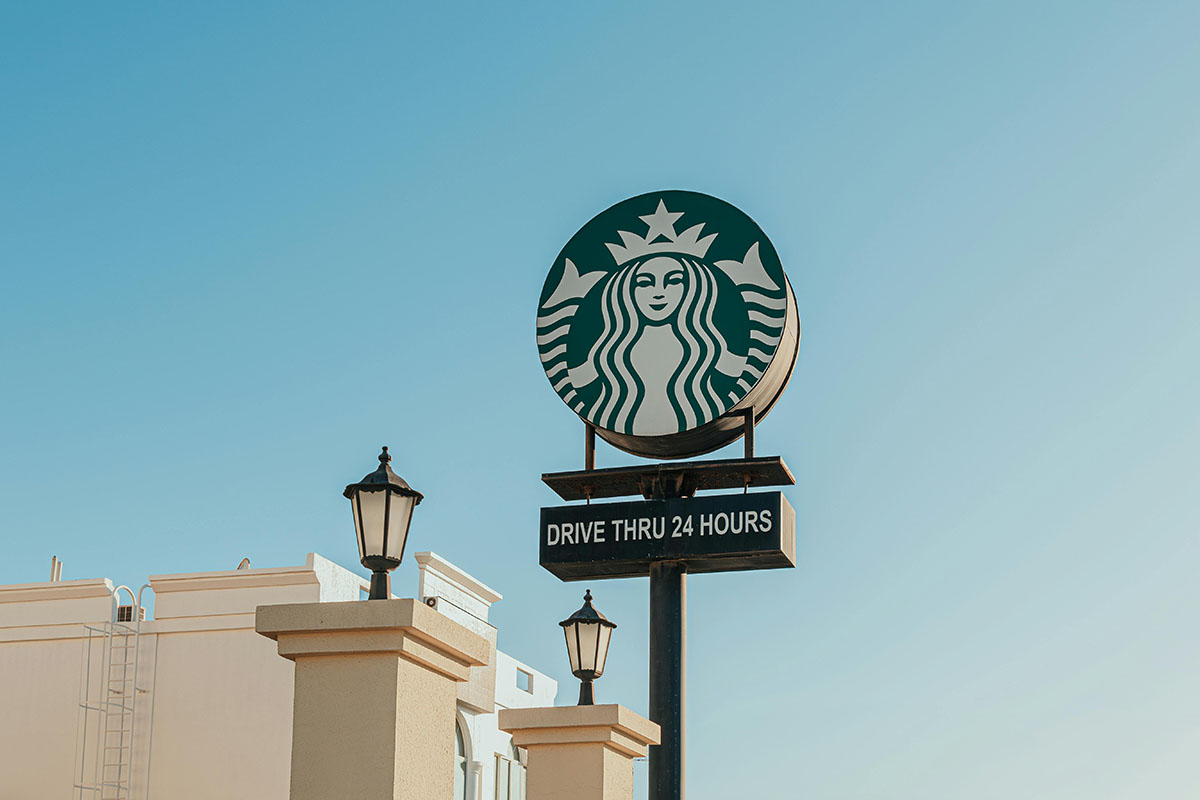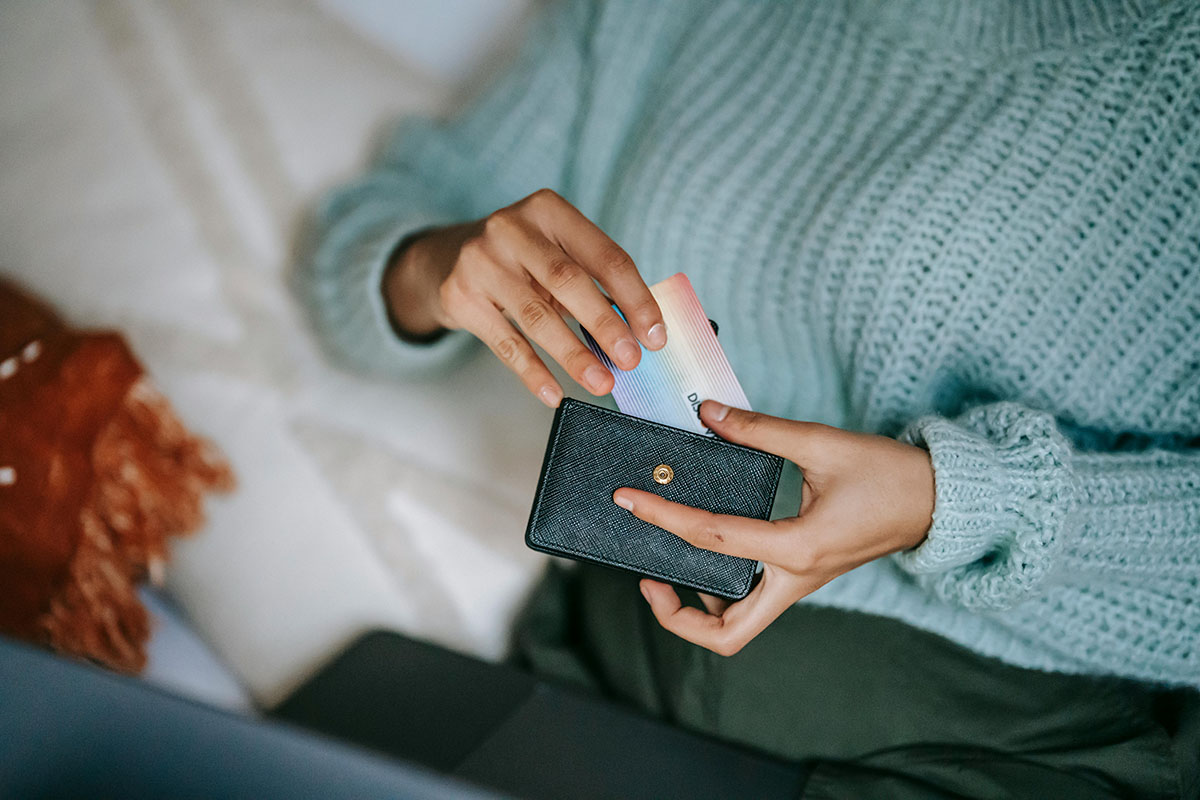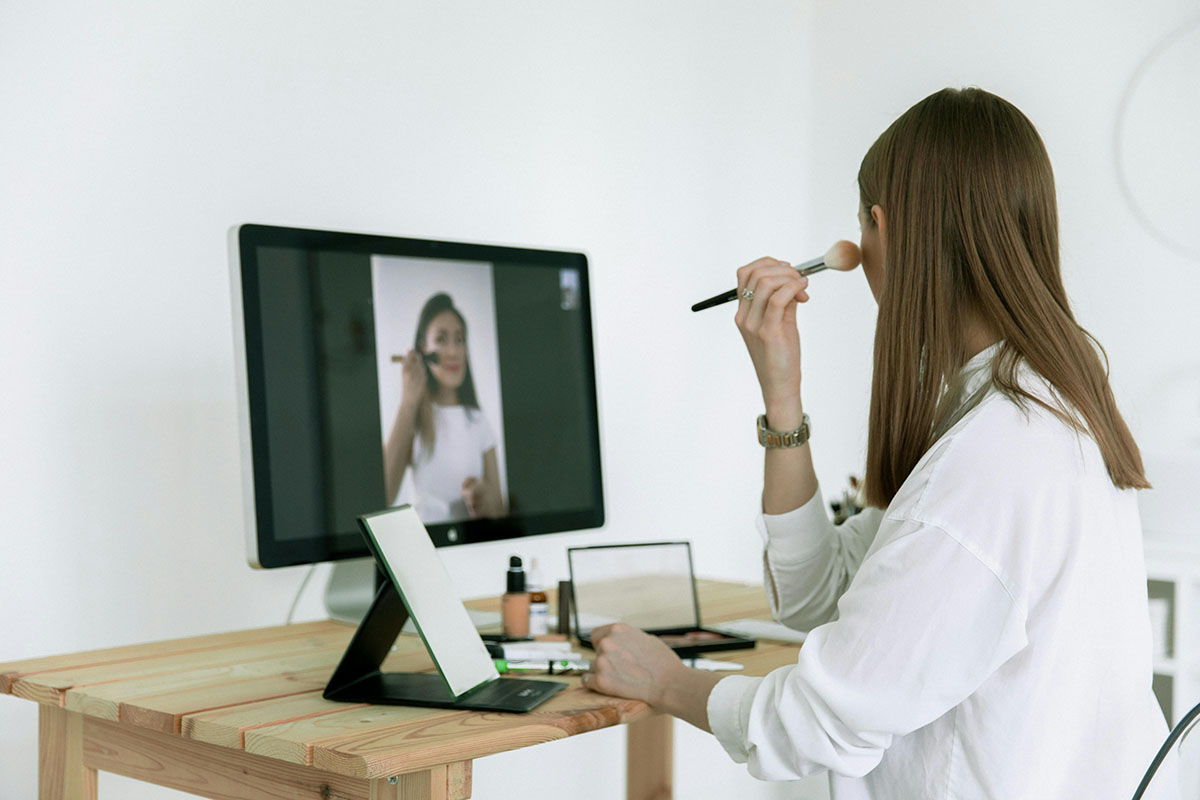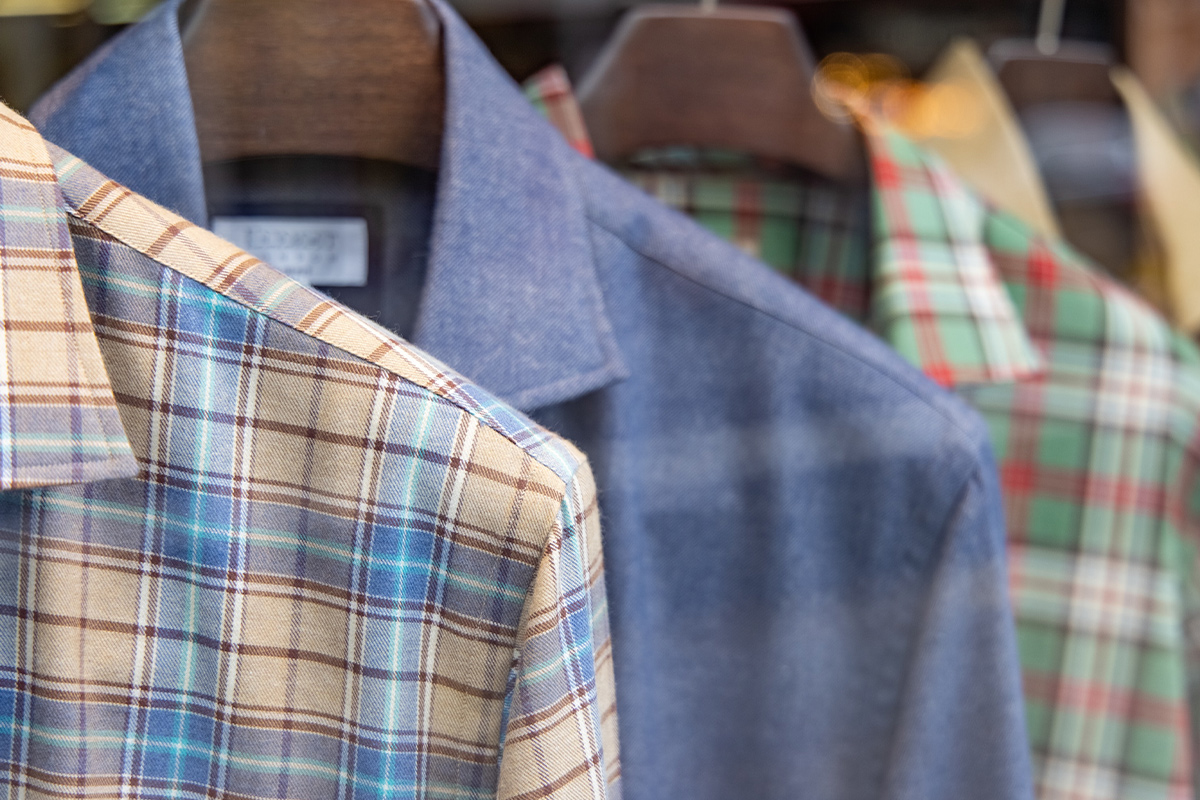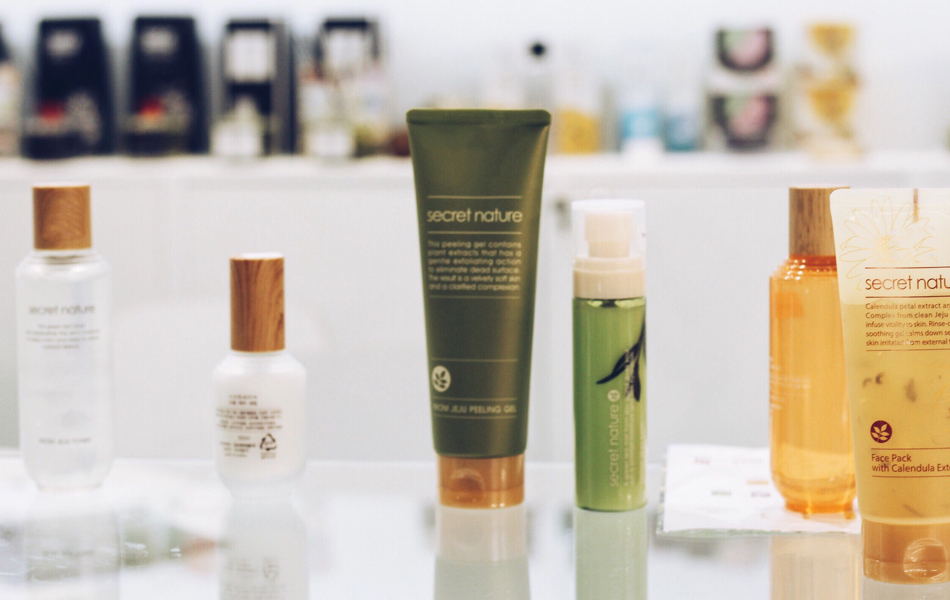share this article
Today’s shoppers demand transparency, convenience, and personalized experiences. Digital price tags—also known as electronic shelf labels (ESLs)—are emerging as a powerful solution to meet these expectations. By offering real-time pricing updates, detailed product information, and seamless integration with inventory systems, ESLs help retailers reduce costs and enhance both operational efficiency and customer satisfaction. Leading brands like Walmart and Carrefour are already harnessing this technology to stay ahead of the competition and deliver the exceptional shopping experiences that consumers now expect.
RFID vs. Digital Price Tags: Distinct Technologies with Unique Roles
RFID and digital price tackle different aspects of the customer journey—each enhancing the other. RFID (Radio Frequency Identification) works behind the scenes, using microchips embedded in products to ensure real-time tracking and accurate stock management. This allows retailers to streamline inventory processes, reduce stockouts, and accelerate checkout speeds by eliminating manual scanning.
In contrast, digital price tags, or electronic shelf labels (ESLs), focus on the consumer-facing side of retail. These digital displays on store shelves instantly convey up-to-date pricing, special offers, and even detailed product information like ingredients or customer reviews. Together, RFID and ESLs create an integrated, frictionless experience. While RFID optimizes inventory and backend logistics, ESLs directly engage customers with transparent, real-time data—resulting in smoother, faster, and more satisfying shopping experiences.
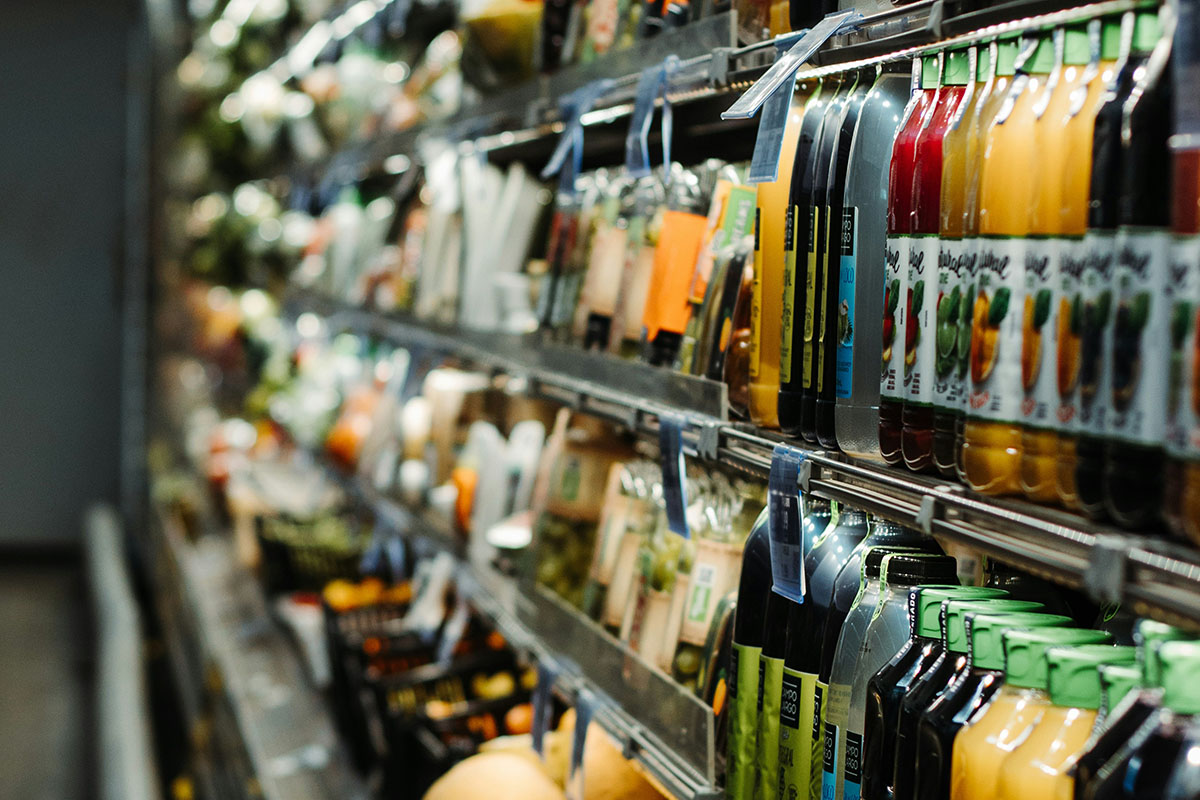
Streamlining Checkout with RFID: A Win for Customers and Retailers
RFID technology offers a game-changing solution, especially in high-traffic retail environments like grocery stores, where checkout speed is crucial. By automatically detecting every item in a cart without needing manual barcode scans, RFID accelerates the checkout process, drastically cutting down wait times and enhancing customer satisfaction. This means that retailers can serve more customers in less time, especially during busy periods, without sacrificing service quality.
As highlighted by Mediaset Retail, RFID-enabled checkout counters instantly scan and register all items in a cart, transforming what would typically be a lengthy checkout into a seamless, near-instantaneous experience. This efficiency not only reduces customer frustration, but also leads to increased spending, as happy and stress-free shoppers are more likely to make additional purchases. The smoother the process, the more likely it is that consumers will keep returning, creating a cycle of positive customer experiences and loyalty.
Beyond improving checkout efficiency, RFID helps retailers manage inventory in real time, ensuring that stock levels are accurate for both in-store and online orders. While the initial investment in RFID systems may seem significant, the long-term return on investment—through operational savings, increased customer loyalty, and improved shopping experiences—makes it a vital technology for the future of omnichannel retail.

Digital Price Tags Can Provide More Transparency to Consumers
Modern digital price tags, such as electronic shelf labels (ESLs), offer far more than just pricing information. Enhanced with technologies like Near Field Communication (NFC) and Quick Response (QR) codes, these tags provide consumers with valuable insights, including nutritional details, allergen warnings, stock availability, product reviews, and even real-time currency exchange rates. Some advanced Bluetooth-enabled ESLs take personalization a step further by delivering tailored promotions or price comparisons directly to shoppers’ mobile devices.
As Chute Gerdeman highlights, consumers crave immersive, personalized experiences, driving a compelling case for investment in “phygital” retail strategies that blend digital capabilities with physical environments. Personalized shopping experiences can increase consumer spending by as much as 40%, underscoring the financial upside of adopting ESL technology.
ESLs also streamline operations, allowing retailers to rapidly update pricing, sometimes as frequently as six times an hour. This minimizes confusion, reduces labor costs, and eliminates errors associated with manual updates. However, retailers must be cautious about consumer perceptions of dynamic pricing. While ESLs can support seamless promotional updates, 68% of US adults view dynamic pricing as price gouging. Transparency and clear communication about pricing strategies will be critical for retailers to maximize the benefits of digital price tags while maintaining customer trust.
Are Digital Price Tags Worth the Investment?
Digital price tags offer compelling advantages that go beyond their upfront costs, positioning retailers to stay competitive and meet evolving customer expectations.
Cost Savings: Replacing traditional paper tags with ESLs eliminates printing and labor expenses associated with frequent price updates. These savings contribute to a strong ROI over time. Moreover, ESLs enhance operational efficiency by notifying employees of low stock levels, enabling quicker replenishment. For example, Asda’s use of ESLs in Stevenage reportedly saved 60,000 sheets of A4 paper, as noted by The Grocer.
Integrated Logistics: ESLs provide real-time inventory alerts, improving supply chain communication and ensuring a seamless flow of products. When items are out of stock, digital tags can inform customers how long the product will be unavailable, enhancing transparency.
Less Food Waste: Grocery stores can rapidly reduce perishable foods using dynamic pricing before their expiration date, saving tons of food from the trash, and reducing methane from the environment, as well as expensive landfill fees and higher grocery costs for consumers.
Enhanced Product Discovery: By integrating with third-party apps, ESLs enable consumers to locate products, check availability, and receive accessibility-friendly alerts when they are near desired items.
Advanced Analytics: Digital price tags offer retailers valuable insights into consumer behavior. By tracking where shoppers spend the most time and identifying high-traffic areas, retailers can optimize store layouts and better cater to customer preferences.
The Human Touch in a Tech-Driven Future
While technology like digital price tags and RFID systems provides the foundation for automation and smarter decision-making, humans remain central to shaping exceptional customer experiences (CX). Retail associates play a pivotal role in driving satisfaction and loyalty through empathetic, personalized engagement.
By automating repetitive tasks and streamlining processes, technology empowers retail staff to focus on meaningful interactions with customers. This synergy between human connection and technological innovation elevates CX, ensuring a seamless and memorable shopping journey that resonates with consumers on a deeper level.









